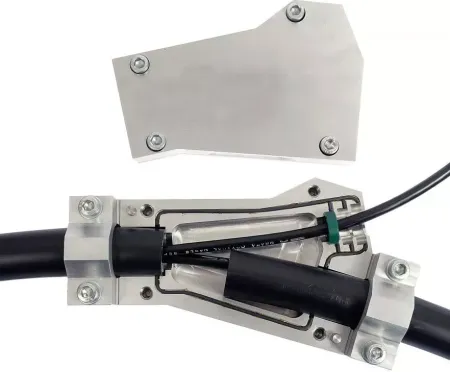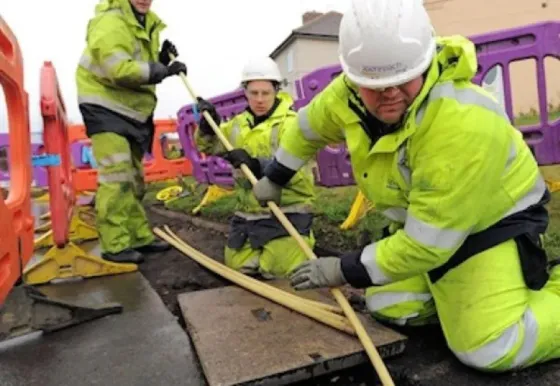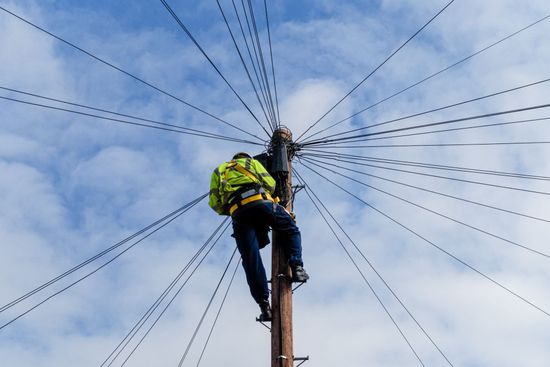Our Services
Survey
The survey serves as the foundation of any optical fibre deployment project, ensuring that the network infrastructure is reliable, scalable, and meets the high-speed demands of modern telecommunications.
The objective of the survey is to ensure that the installation, expansion, or repair of the optical fibre network is done safely, efficiently and with minimal disruption.
Cabling
We specialize in the installation and maintenance of fibre optic cables, ensuring optimal performance and durability for telecom networks.
Our team expertly installs fibre optic cables, either by carefully pulling cables through underground ducts or installing them overhead. We ensure precise handling to prevent damage to the delicate fibres inside, guaranteeing long-lasting performance.
Splicing and Testing
We provide precise fibre splicing services, connecting fibre strands seamlessly to create a continuous path for data transmission.
Once installed, our team conducts thorough testing of the fibre optic cabling using state-of-the-art equipment to ensure low signal loss, high performance, and compliance with telecom industry standards.
Overblow
This method involves blowing new cables into a duct that already contains existing fibre cables. Using compressed air and specialized equipment, the new cable is "blown" through the duct while ensuring that the existing cables are undisturbed.
Overblow is a preferred method for expanding fibre networks in densely populated or built-up areas, where laying new ducts would be expensive or disruptive.
Spine Works
Subducting is widely used in urban environments or areas where existing duct space is limited but additional fibre optic capacity is needed. It plays a critical role in expanding telecom infrastructure without the need for major infrastructure changes.
From initial planning to post-installation testing, we provide comprehensive support throughout the entire project.
L2C (FTTx)
Technicians are dispatched to physically connect the customer's premises to the telecom network. This could involve laying or connecting fibre optic cables, configuring network equipment, or setting up customer premises equipment (CPE) like ONT's and routers.
Once tested, the service is officially activated, allowing the customer to begin using the telecom service.








